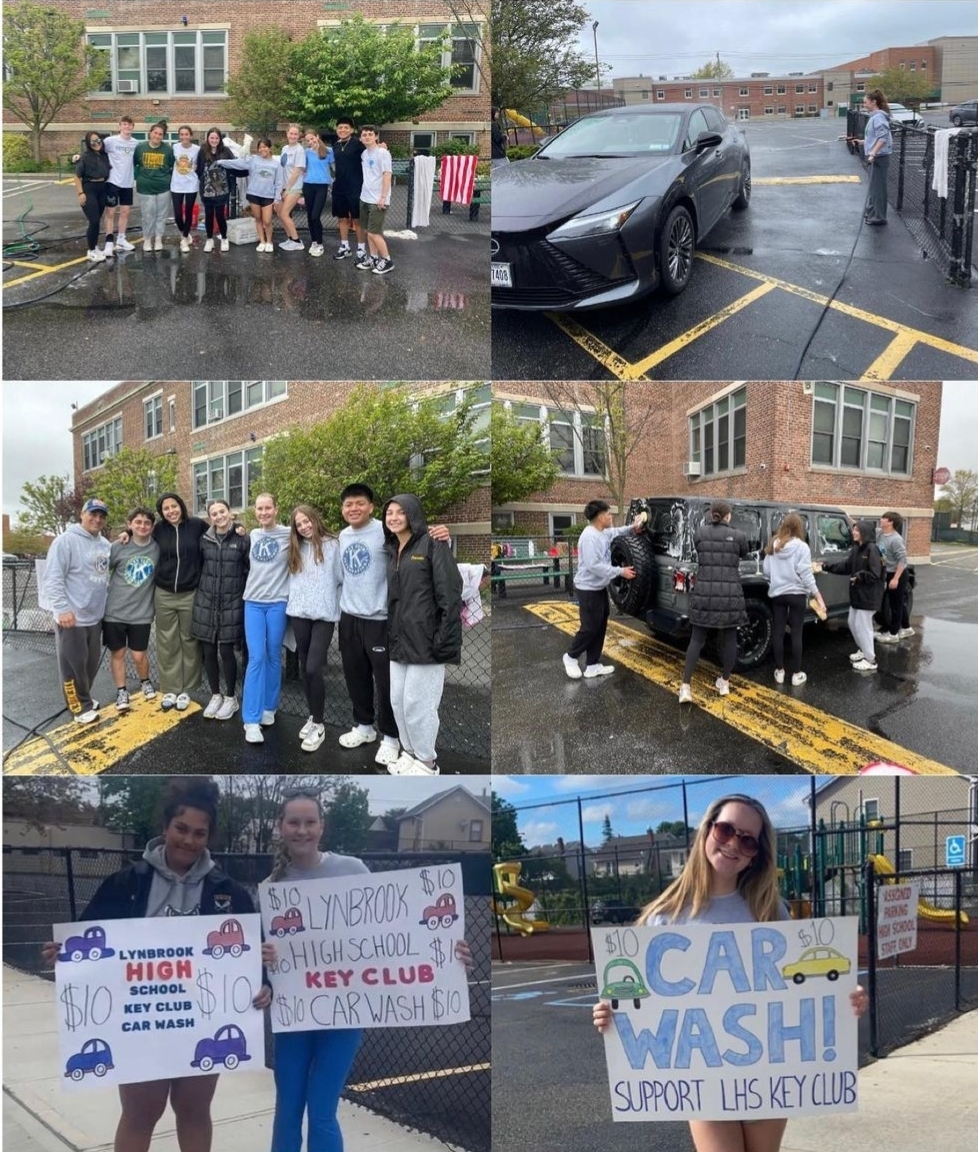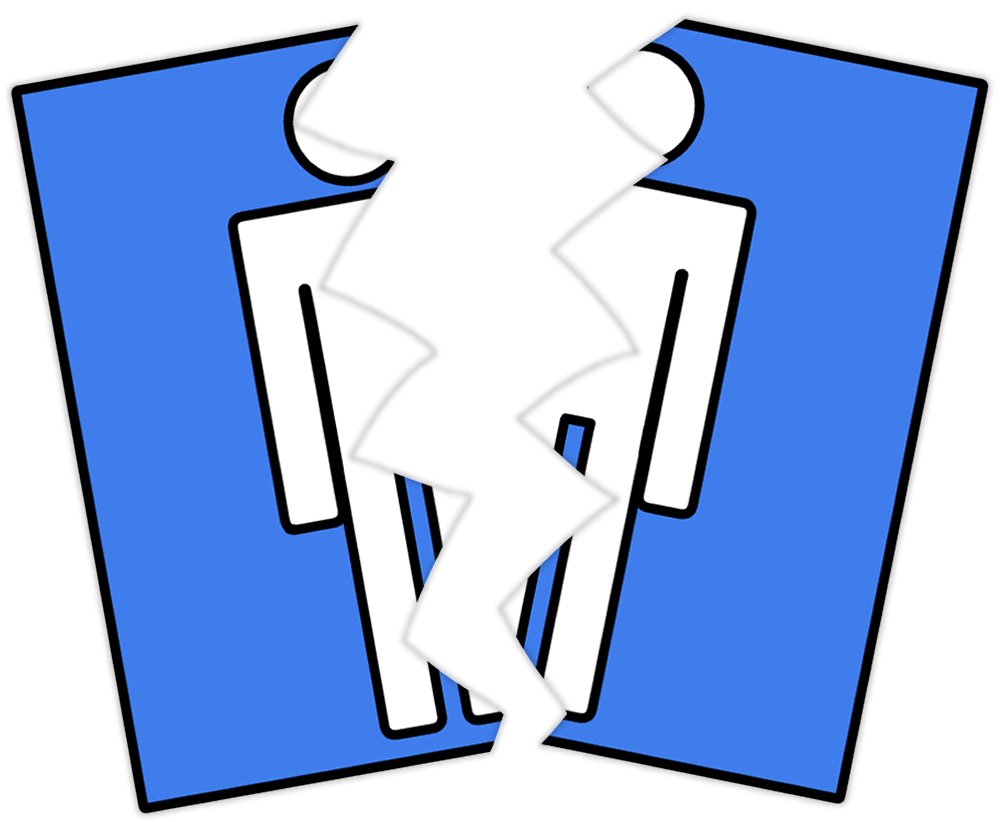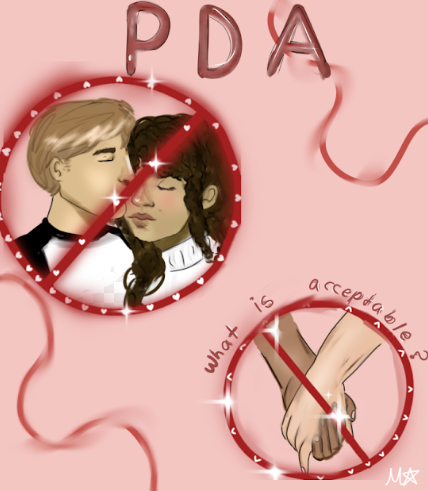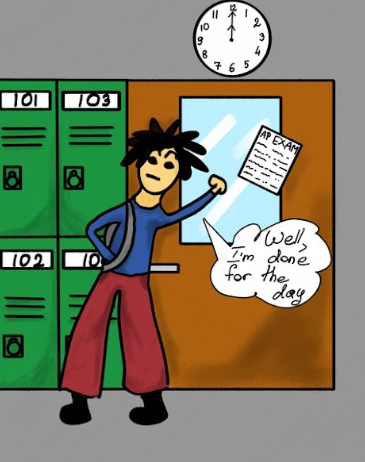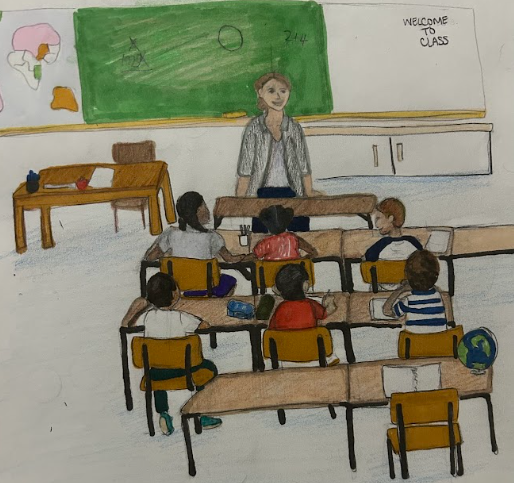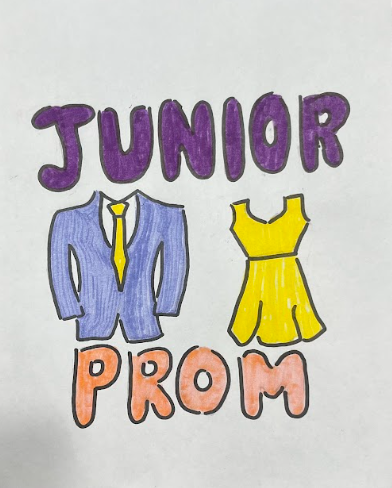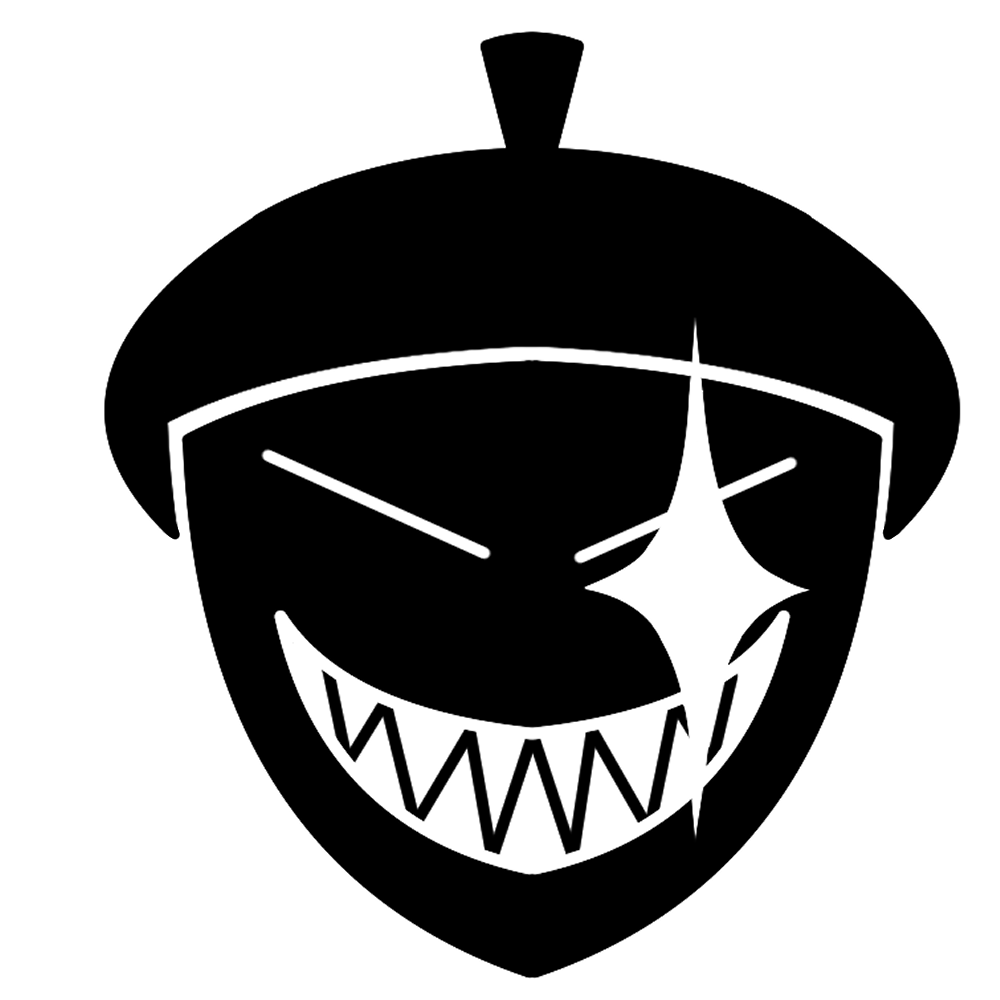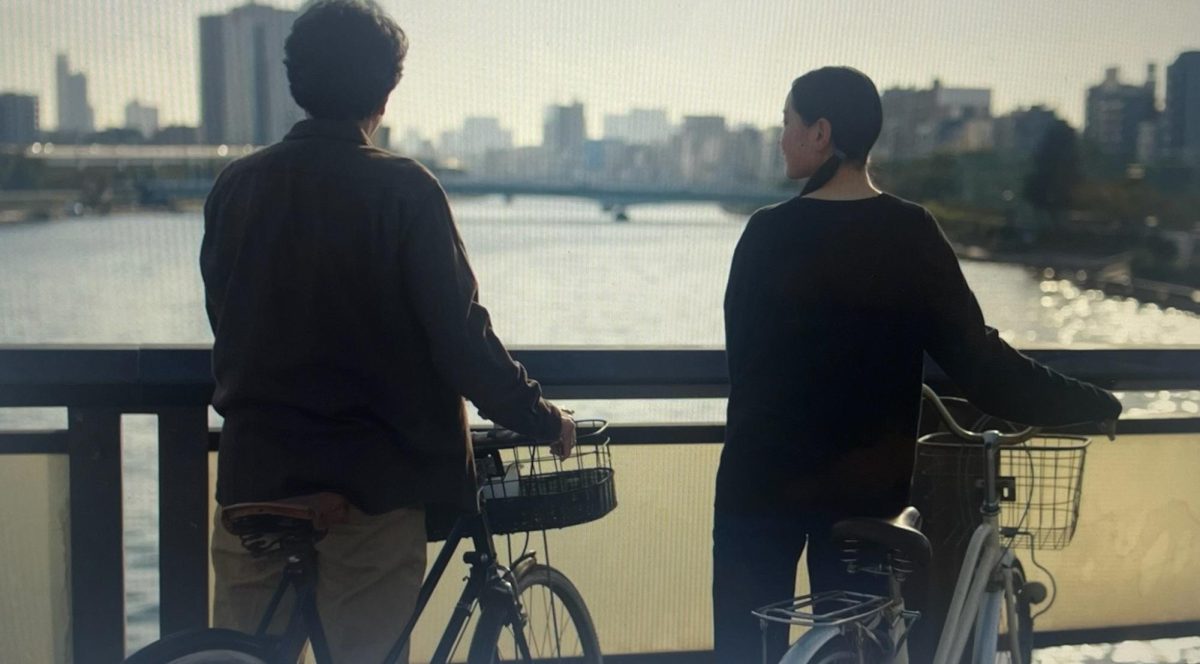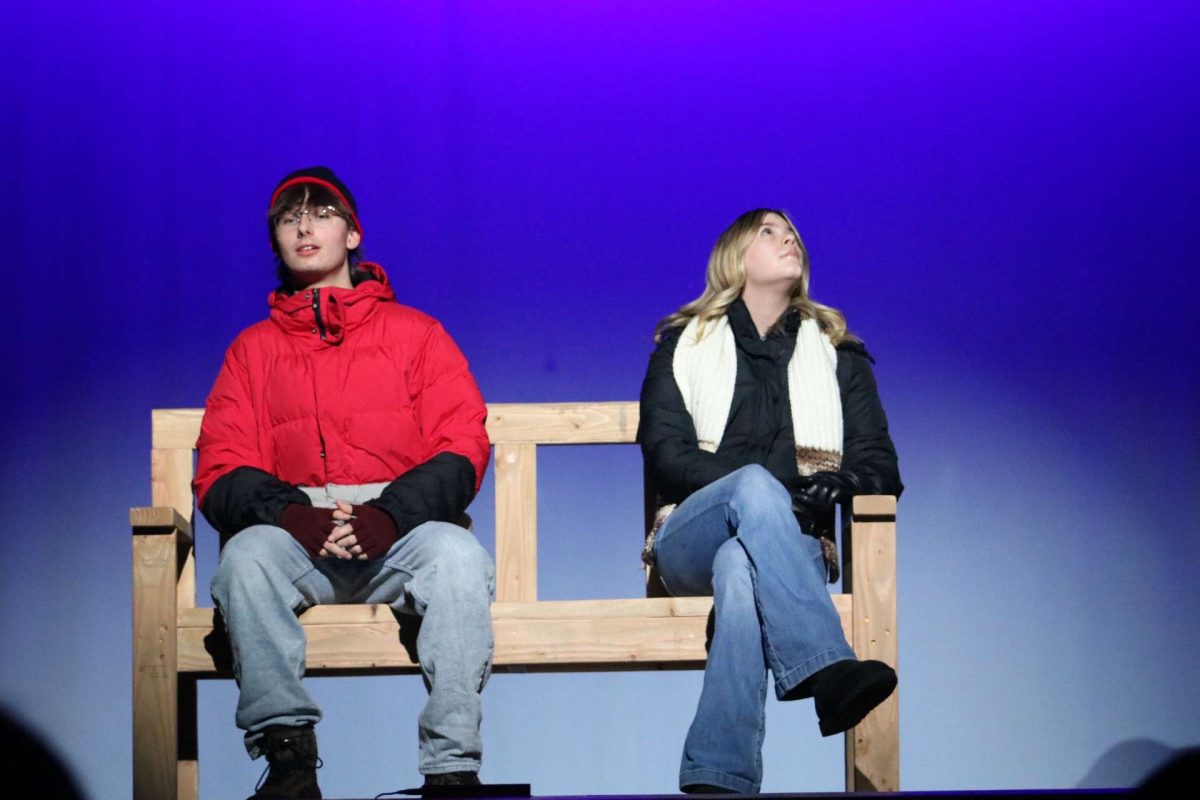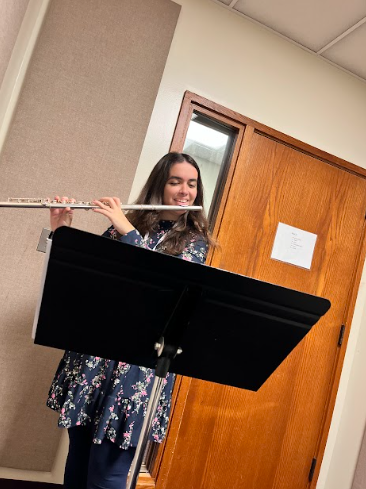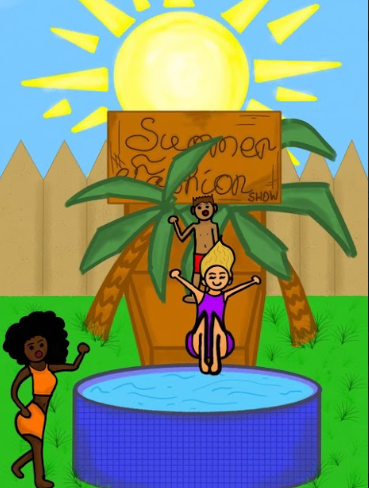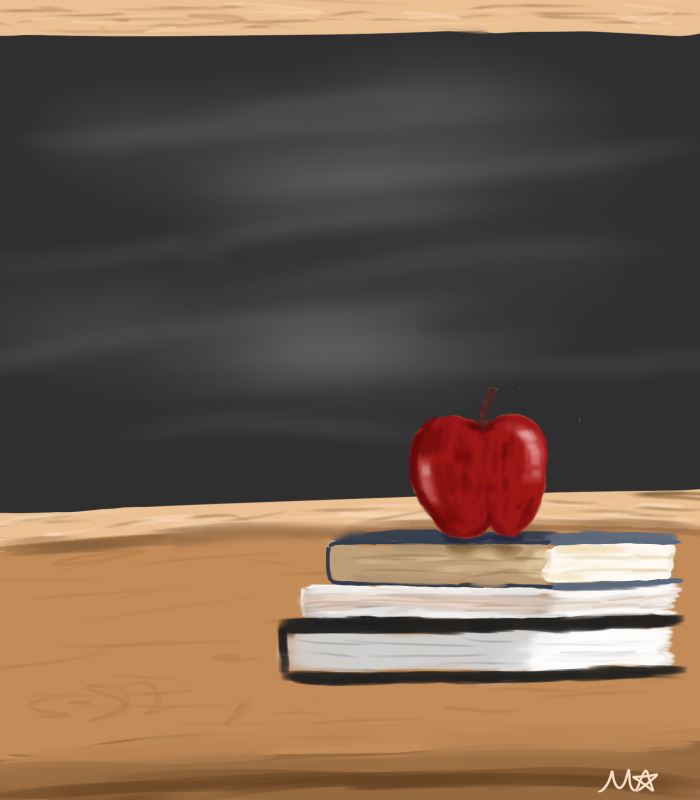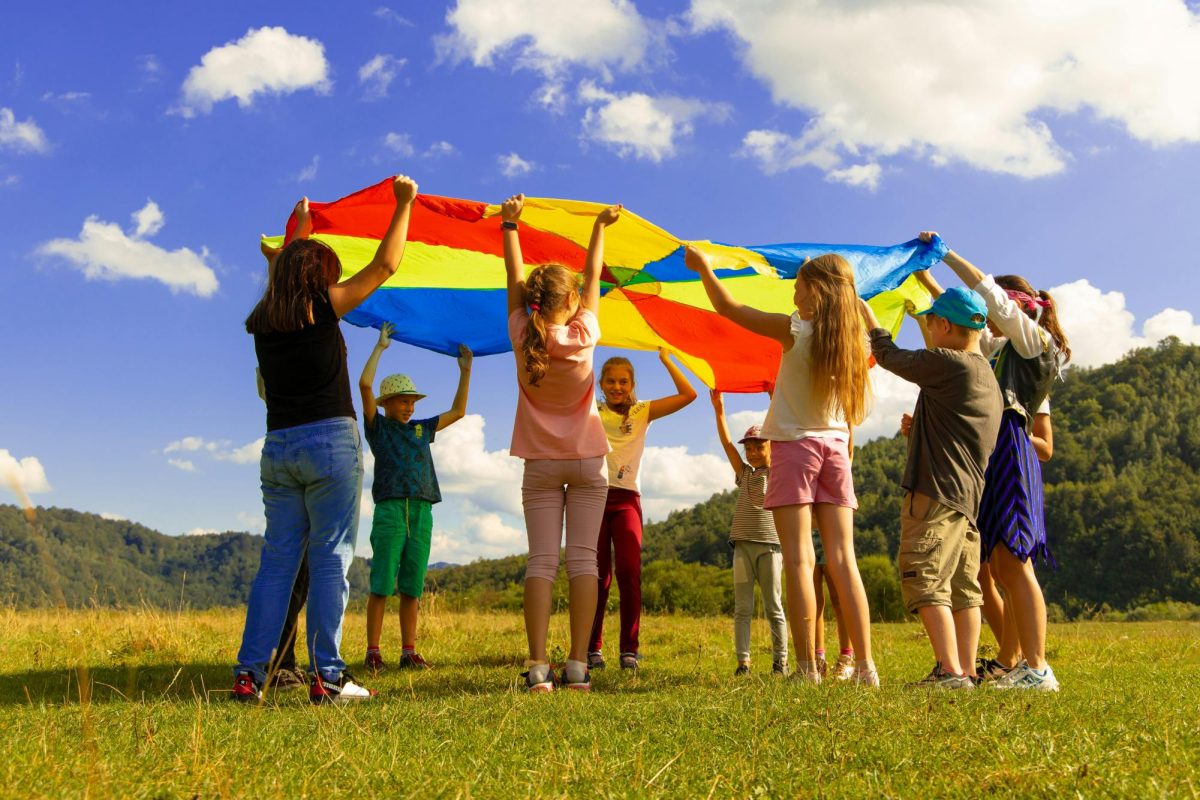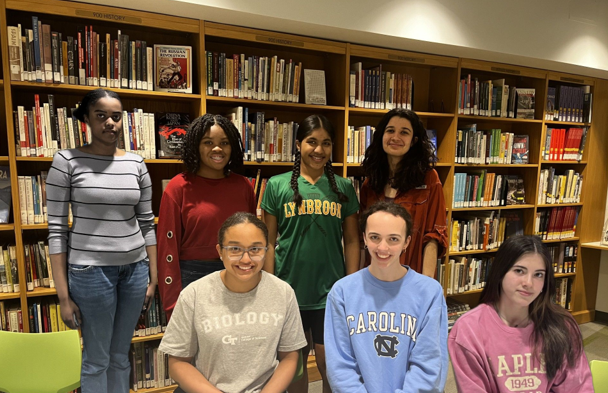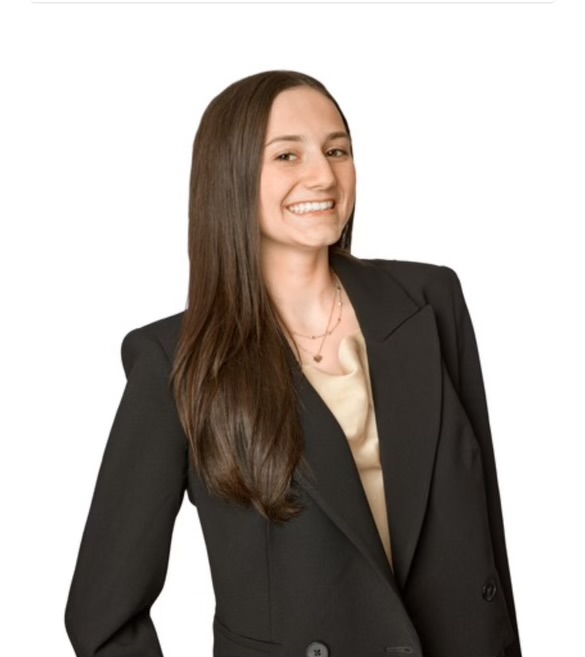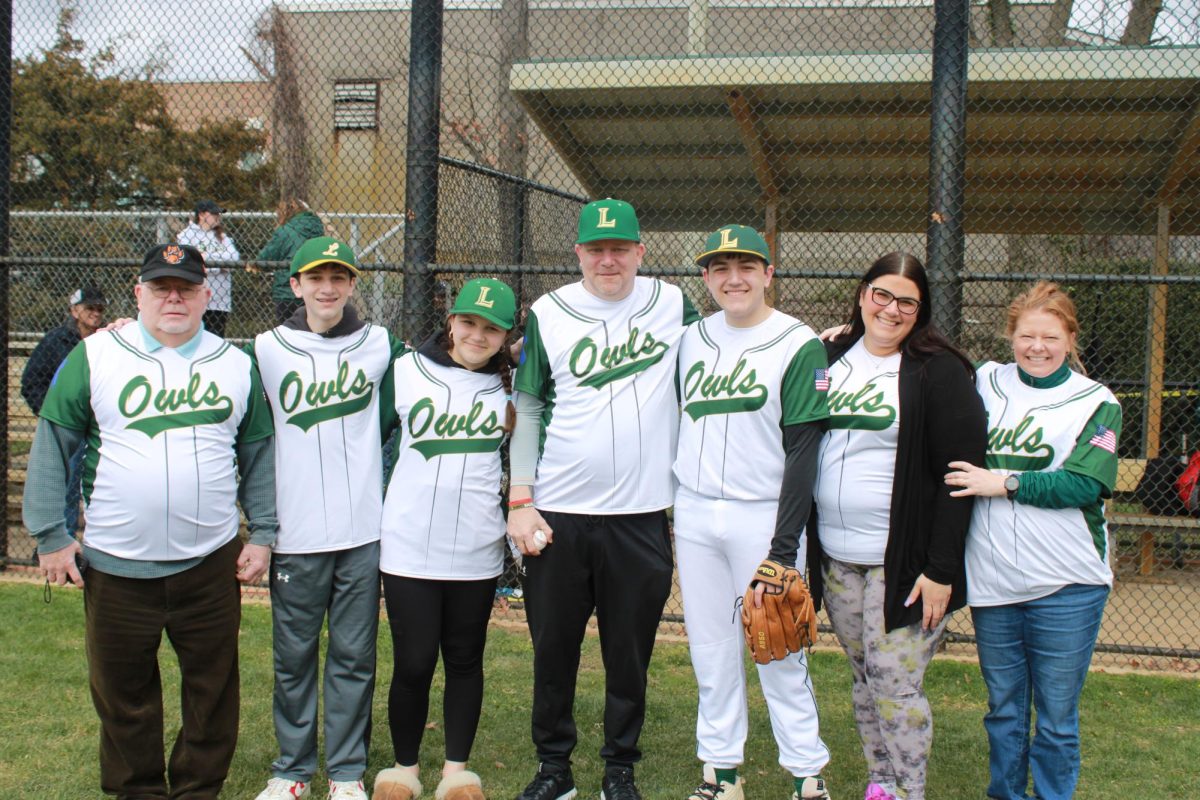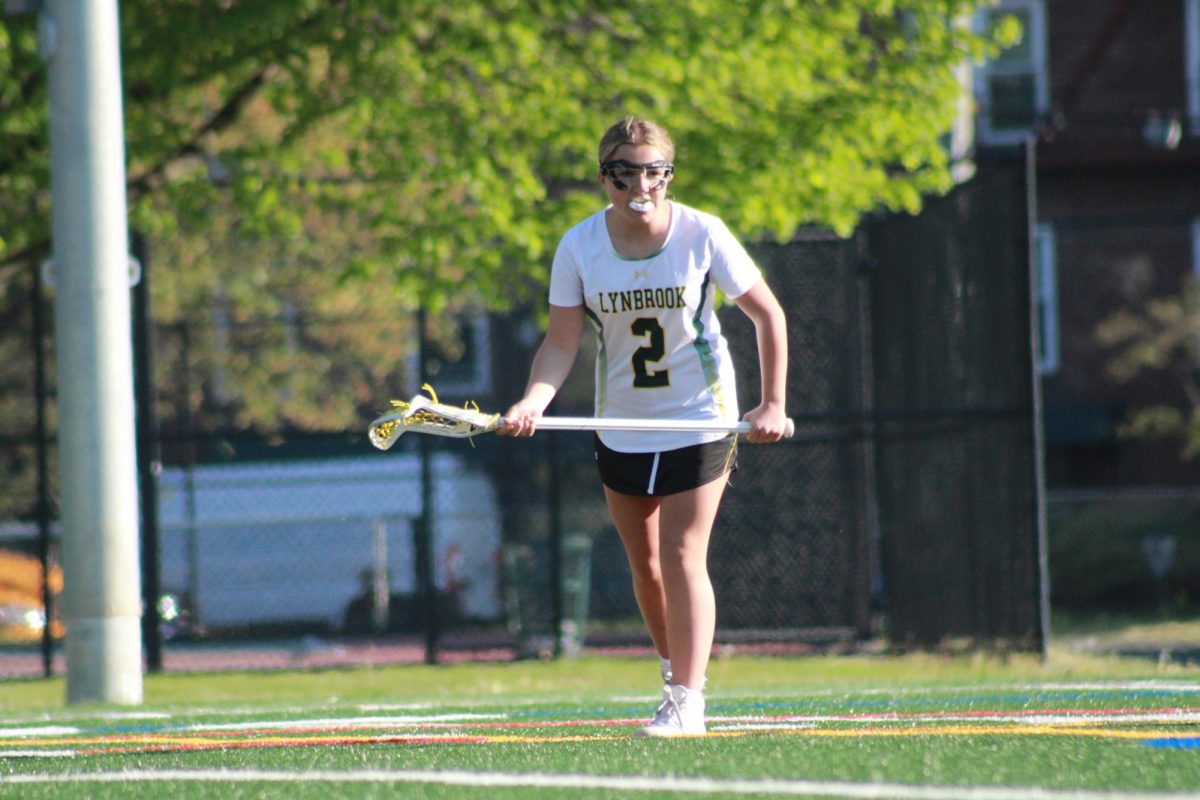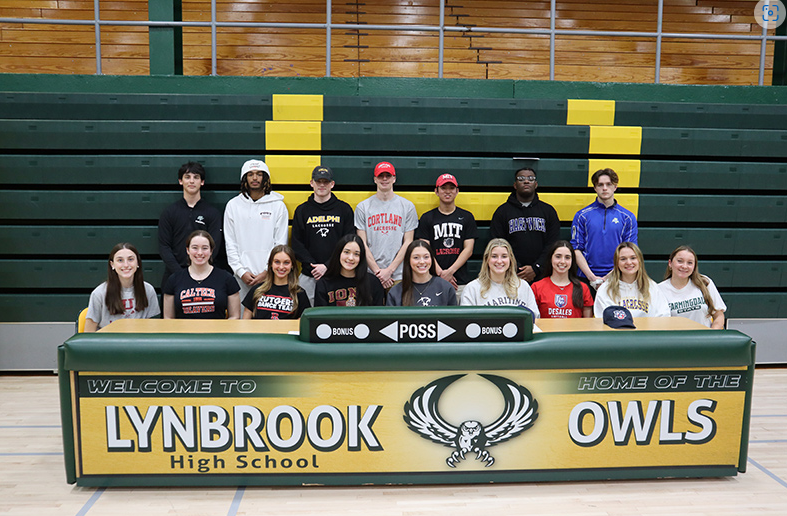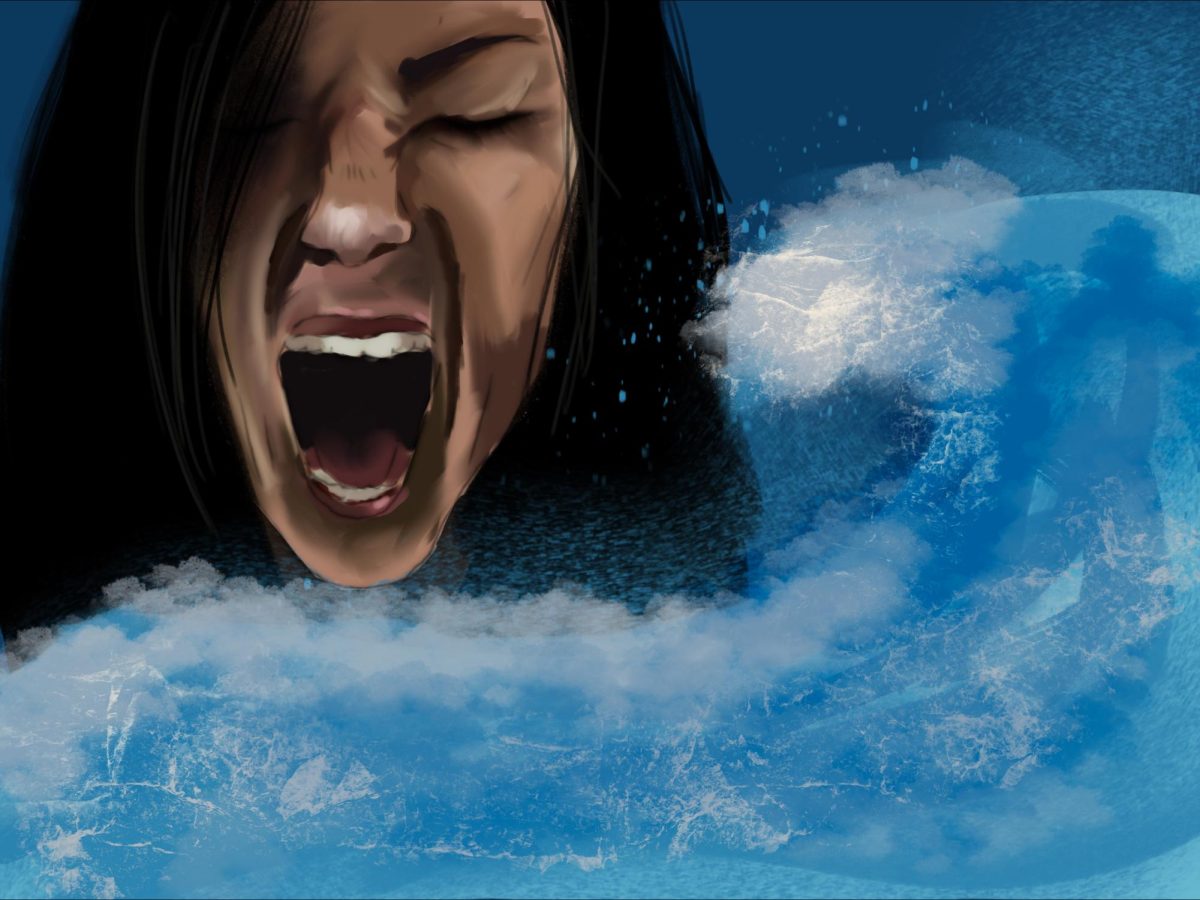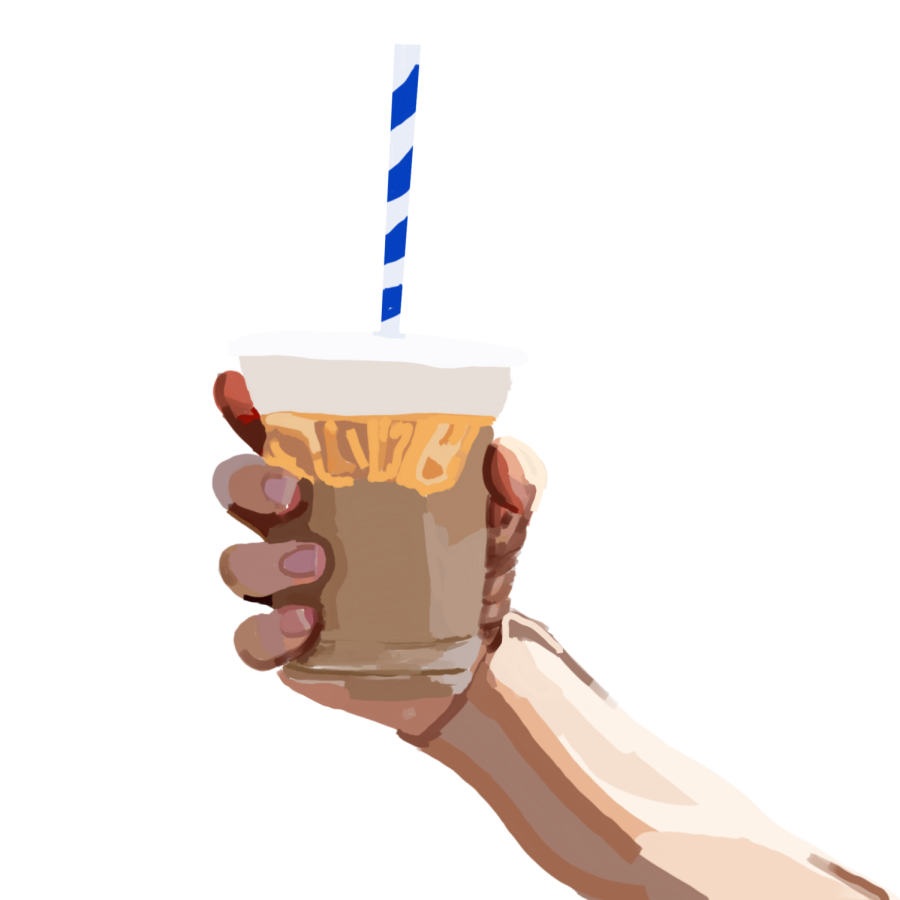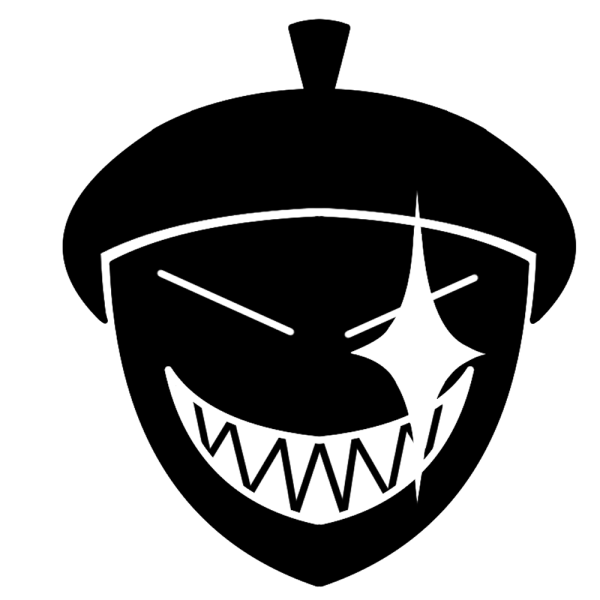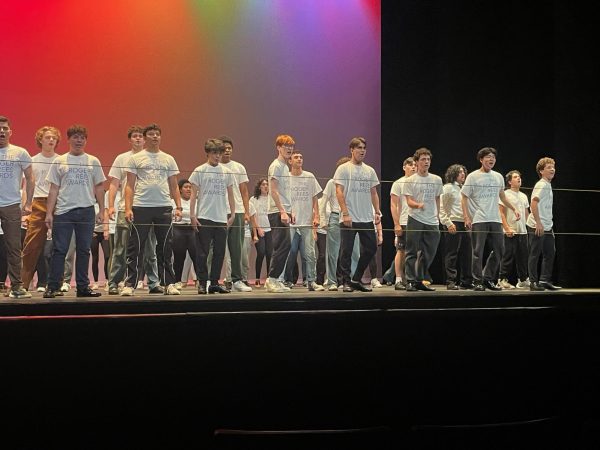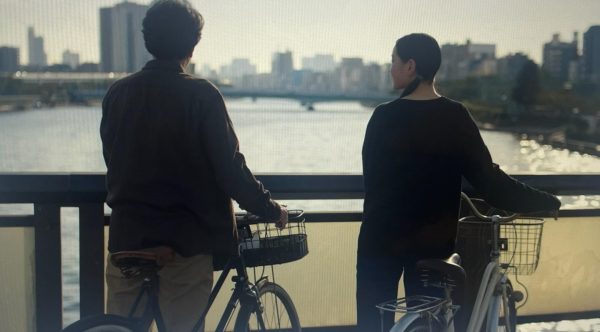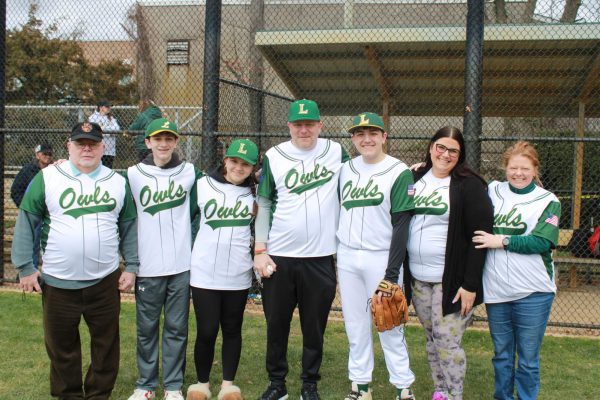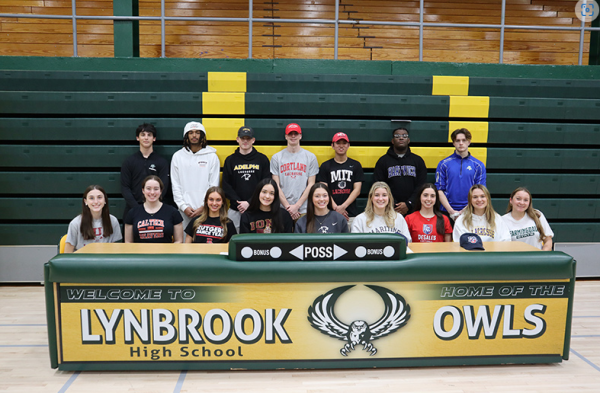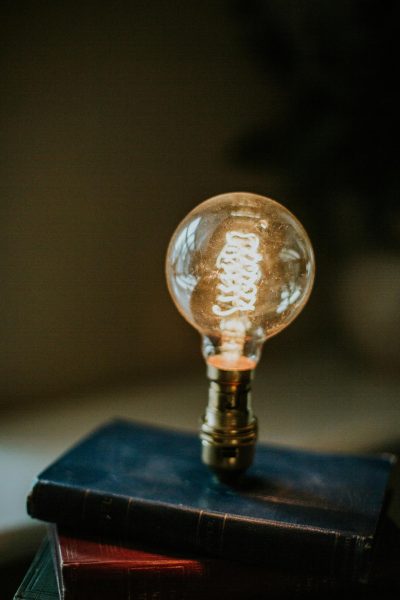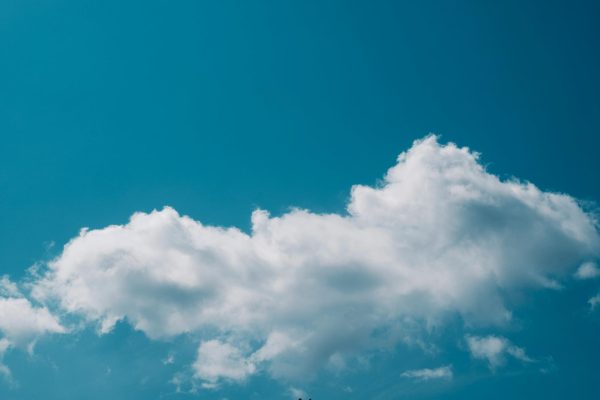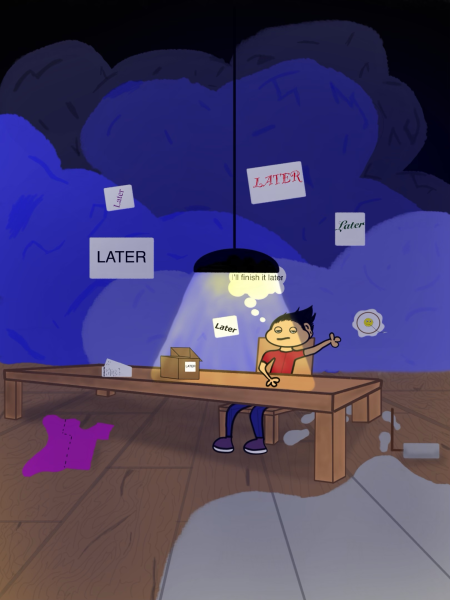The Trials & Tribulations of a High School Coffee Addict
It started for me how it does for most: with a Starbucks frappuccino. That sugary, chocolatey, frozen drink, not complete without an even sweeter pile of whipped cream swirled on top and a mermaid smirking through drops of condensation running down the plastic cup. As a middle schooler, it was thrilling to – on special occasion, of course – spend $5 of my parents’ hard-earned money on this delicacy. I was at last a member of the exclusive community known as “coffee drinkers,” despite the frappucino’s apparent lack of said caffeinated beverage. I made it, and I was never going back.
By the time I entered high school, I had graduated from frappuccinos to iced coffees, or, more accurately, supersized styrofoam cups of vanilla creamer with a splash of coffee. The drink in my hand became my status symbol, a message to the world that said, “I’m cool and mature, can’t you see?” There were so many flavors — French toast, mint chip, apple pie, Oreo — and so many places to go — Starbucks, Dunkin’ Donuts, Lynbrook Bagels — that the options were endless. My friends and I were suddenly divided in two: those who drank coffee and those didn’t. “Omg! I literally can’t live without it,” we said to one another, boasting our precocious superiority. Before long, we literally couldn’t.
The demands of a busy high school schedule — split between honors and AP classes, extracurriculars, sports, community service, standardized tests — were greater than I could have anticipated. I turned to coffee, no longer as a drink for sunny afternoons in the company of friends, but as an elixir to the incessant fatigue that crept day and night. I said goodbye to sweet creamers and hello to strong, black coffee – “no sugar, please.” Six a.m. wake up, coffee, class, lunch, coffee, homework, coffee, extracurriculars, and at long last, sleep: this was the daily schedule. I could, and can, scarcely make it through a school day without coffee. Now, my world revolves around it.
When one is running late to class, the logical path of action is to drop all but the necessities and make it to class as fast as possible. Too bad, for me, that coffee became one of those necessities. Each morning is a race against the clock to make first period biology, and inevitably, I arrive with a burnt tongue. The morning coffee could not have been skipped, no matter how scorchingly hot. It had to be done.
On the rare day I cannot spare a minute for a quick chug, I suffer some of the symptoms familiar to those who have experienced drug withdrawal: migraine, difficulty concentrating, irritability, exhaustion. Luckily, I have a lunch period to leave school and head down the street for a coffee. Not so luckily is the toll it takes on my weekly lunch allowance. What was once a $5 or $8 meal becomes $10, $12, $15. Coffee, especially once one considers flavors and non-dairy milks, is costly. Take a look at the Starbucks, Heavenly Coffee, or Lynbrook Bagels menu, and try to find a coffee drink under $4 – an impossible task.
From my brain, to my time, to my wallet, I have become a slave to caffeine. How, from the innocuous frappuccino, did I get here?
Unfortunately, my path to caffeine addiction is not a unique one. Just walk into the LHS cafeteria and play a game of I Spy: “How many 32 oz. coffees from Lynbrook Deli can I find?” I could name more friends with coffee-reliance than I have fingers to count on, and almost all of us have the same reason: we are utterly overworked. The stresses placed on high school students, the pressure to gain entry to colleges with under five percent acceptance rates, being constantly told that one must do everything to be considered worthy, has taken a toll on us all. My cute, little story about coffee just barely scratches the surface of this reality.
Adolescent suicide rates are at a record high, making suicide the second leading cause of death among people aged 10-34, according to the Centers for Disease Control and Prevention (CDC). It is no surprise – considering we spent a significant portion of our teenage years locked in isolation, in fear of our loved ones contracting a deadly virus, seeing friends only through the screen of our computers – that rates of anxiety and depression have skyrocketed in the past two years.
Young people are turning to substances to ease their mental struggles – opiates, marijuana, alcohol, or yes, even caffeine – and this is the grave consequence of the values today’s society promotes: the non-stop, cut-throat, fast-paced way of life. There is no denying that the greater awareness brought to mental health in recent years has eased the burden felt by many. However, we are not doing enough to help the average teenager, not seeing the signs laid right in front of us: the coffee made at 2 a.m. to squeeze in an extra hour of studying after sports and clubs, the bags under our eyes that never seem to leave, the perpetual leg shaking under the school desk.
We are exhausted. And no amount of coffee can wake us up.

I am the editor-in-chief of the Horizon newspaper and a member of the Class of 2022. I am also the captain of the LHS Speech, Debate, and Model Congress...




